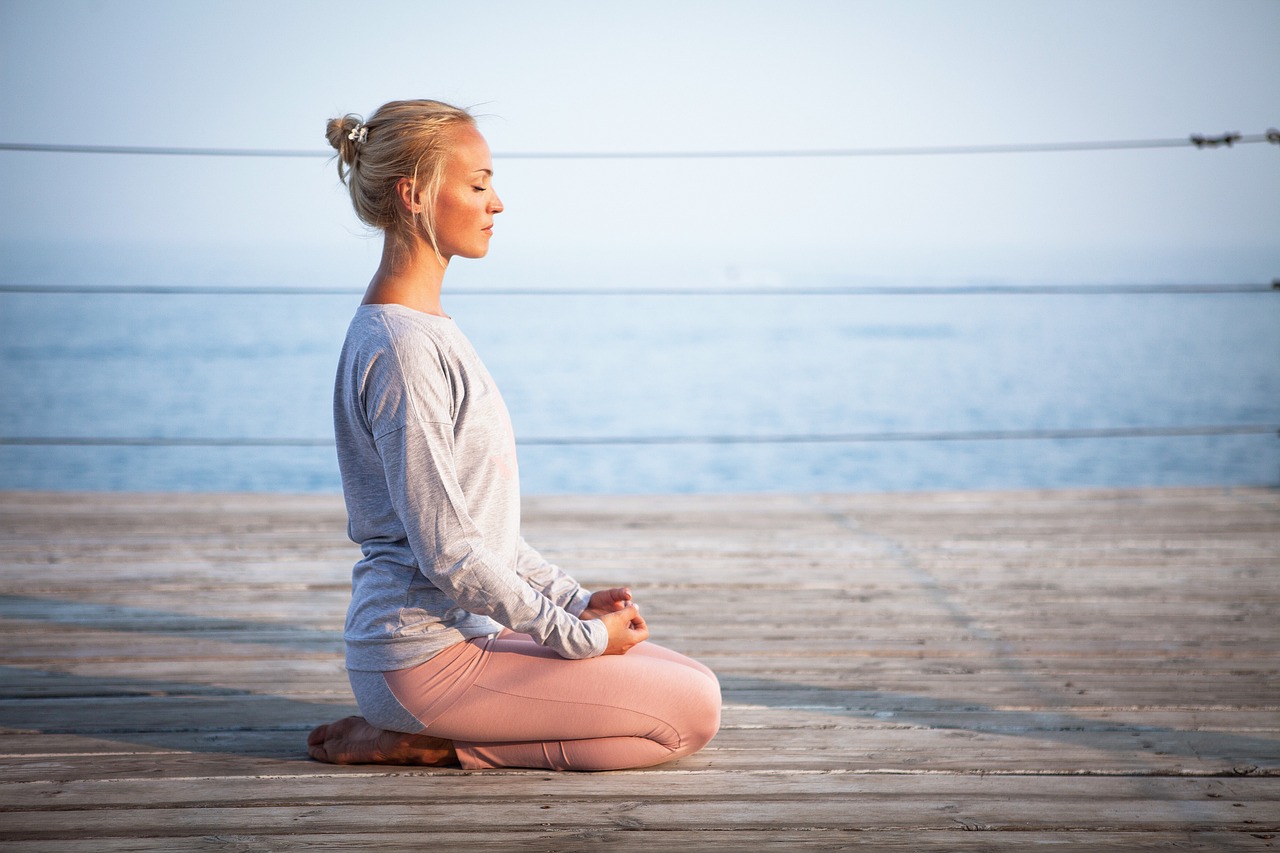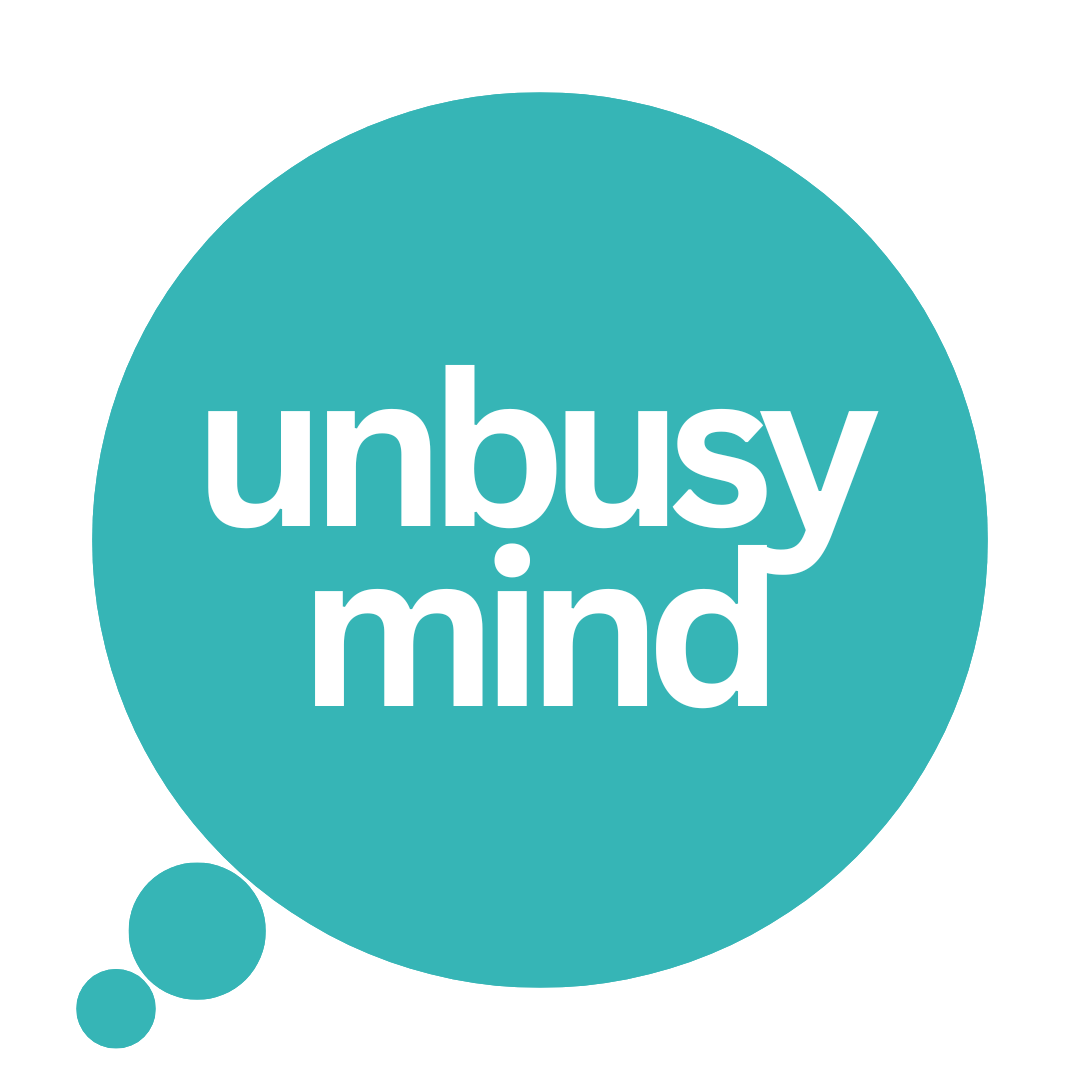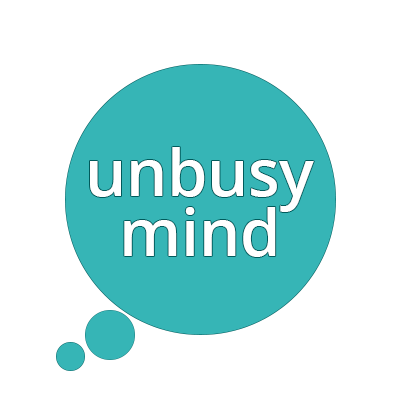
11 Jun Progressive Muscle Relaxation Benefits: Relieve Stress and Anxiety
Progressive Muscle Relaxation: The Simple Way to Relieve Stress and Anxiety
Do you ever feel like your body is constantly tense? You’re not alone. In today’s fast-paced world, stress is common, but how we manage it can make all the difference. One highly effective way to relax both mind and body is through Progressive Muscle Relaxation (PMR). This technique, which focuses on systematically tensing and relaxing different muscle groups, is easy to practice and can be done by anyone, anywhere.
In this guide, we’ll explore everything you need to know about PMR, from how to practice it to the many benefits it brings. We’ll also share eight simple steps to get you started, practical ways to incorporate it into your daily routine, and answer some of the most common questions about PMR.
What Is Progressive Muscle Relaxation (PMR)?
Progressive Muscle Relaxation is a technique that involves intentionally tensing and then relaxing specific muscle groups throughout the body. It was developed by Dr. Edmund Jacobson in the 1920s, who discovered that by physically relaxing muscles, mental calmness follows. This practice is now widely used to reduce anxiety, relieve stress, and improve sleep.
PMR works by guiding your body through cycles of tension and relaxation, making you more aware of the sensations of stress and calm. When done regularly, PMR can train your body to respond to stress in a healthier way, making you feel more in control of your physical and emotional state.
The Benefits of Progressive Muscle Relaxation
Why should you consider adding PMR to your wellness routine? The benefits are vast and can make a meaningful impact on your life:
1. Relieves Muscle Tension
PMR directly targets physical symptoms of stress by encouraging relaxation in each muscle group.
2. Promotes Mental Calmness
By focusing on the body, PMR shifts your attention away from anxious thoughts, helping you achieve a state of calm.
3. Improves Sleep
A regular PMR practice can help break the cycle of stress and sleeplessness, leading to better rest.
4. Reduces Symptoms of Anxiety
People experiencing anxiety often hold tension in their muscles. PMR releases this tension, reducing overall anxiety.
5. Improves Mind-Body Connection
Becoming more aware of your physical sensations through PMR can help you better recognize and manage stress before it escalates.
How to Practice Progressive Muscle Relaxation: 8 Steps to Ease Stress
Ready to dive into PMR? Follow these eight simple steps to start your journey toward relaxation and peace.
1. Find a Comfortable Setting
Choose a quiet, comfortable space where you won’t be disturbed. Whether you’re lying down or sitting in a cozy chair, make sure your environment promotes relaxation. Dim the lights or play soft background music to set the mood.
2. Start with Deep Breathing
Begin by taking a few slow, deep breaths. Inhale deeply through your nose, hold for a few seconds, and then exhale slowly through your mouth. This will prepare your body and mind for relaxation.
3. Tense Each Muscle Group
Focus on one muscle group at a time. Starting at your feet and working your way up to your face (or vice versa), tense the muscles as tightly as you can without causing pain. Hold for about five seconds.
4. Relax and Breathe Out
Release the tension and exhale as you focus on the feeling of relaxation. Enjoy the sensation for 10–20 seconds before moving on to the next group.
5. Progress Through Muscle Groups
Work your way up through the major muscle groups, including:
- Feet
- Lower legs
- Thighs
- Hips and buttocks
- Abdomen
- Chest
- Back
- Hands
- Arms
- Shoulders
- Neck
- Face
6. Practice Regularly
Like any relaxation technique, consistency is key. Aim to practice PMR daily for the best results. Over time, you’ll notice how much more relaxed and in control you feel.
7. End with a Body Scan
Once you’ve relaxed all your muscle groups, take a few minutes to scan your body mentally. Notice if any areas still feel tense and focus on relaxing them.
8. Reflect on Your Experience
After your session, take a moment to acknowledge the calmness in your body. This reflection can deepen the impact of PMR and help you carry relaxation into your daily life.
How PMR Helps With Anxiety
Anxiety can manifest physically in the body, often causing muscle tension, headaches, or a racing heart. PMR can help manage these symptoms in several ways:
- Reduces Physical Symptoms: By tensing and relaxing muscles, PMR helps alleviate the physical discomfort often associated with anxiety.
- Promotes Calmness: Shifting your attention from anxious thoughts to physical sensations helps you stay in the present moment.
- Improves Sleep: Anxiety can disrupt sleep, but by practicing PMR regularly, you can improve sleep quality, which helps reduce overall anxiety.
- Offers Real-Time Stress Relief: PMR gives you a tool to calm your mind and body whenever anxiety arises.
8 Ways to Incorporate PMR Into Your Daily Routine
Practicing PMR daily can have long-lasting benefits. Here are eight easy ways to weave it into your routine:
1. Set a Regular Time
Choose a specific time each day for PMR, whether it’s in the morning to start your day with calmness or in the evening to wind down before bed.
2. Create a Relaxing Space
Designate a peaceful area for your PMR practice. Make it inviting with comfortable furniture, soft lighting, or soothing scents like lavender.
3. Use PMR Proactively
PMR doesn’t have to wait until you’re feeling overwhelmed. Practicing it regularly can help keep stress levels in check before they escalate.
4. Take Breaks During the Day
Even short PMR sessions can refresh your mind and reduce muscle tension. Take a few minutes during your breaks to practice, especially if you’re sitting for long periods.
5. Combine PMR With Other Relaxation Techniques
Enhance your PMR practice by adding deep breathing exercises, meditation, or guided imagery for a deeper sense of relaxation.
6. Teach Others
Sharing PMR with family or friends can help them manage their stress too. It’s a simple, effective technique that benefits everyone.
7. Use PMR in Stressful Situations
When you feel stress building up, engage in PMR to quickly reduce the intensity of your physical and emotional responses.
8. Track Your Progress
Keep a journal to note any changes in how you feel after practicing PMR. Reflecting on these positive shifts can motivate you to continue your practice.
Progressive Muscle Relaxation is a simple yet powerful tool that can help you manage stress, reduce anxiety, and improve your sleep. By practicing regularly, you’ll become more attuned to the sensations in your body, empowering you to release tension and feel more relaxed throughout the day. Whether you’re looking for a way to unwind before bed or a tool to keep stress at bay, PMR offers a practical, easy-to-implement solution.

